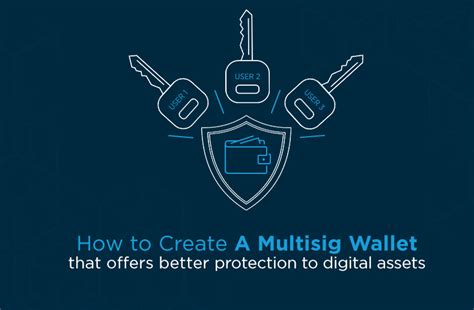Can You Create a Time-Locked PSBT in Bitcoin?
When it comes to using Partially Signed Bitcoin Transactions (PSBTs) in your digital wallet or for transactions, the flexibility and security offered by Bitcoin are unparalleled. However, there is one aspect of PSBTs that may seem restrictive at first – time locks. In this article, we’ll explore whether it’s possible to create a PSBT with a time lock.
What is a Time Lock?
In Bitcoin, a time lock refers to a specific timestamp on the blockchain for which a transaction cannot be altered or withdrawn after its creation. The concept of time locking transactions originated from the idea that once a block of transactions is mined and added to the blockchain, it remains fixed in place. This means that any attempt to alter the content of the block would require additional confirmation from other nodes on the network.
Can You Create a PSBT with a Time Lock?
Creating a PSBT with a time lock might seem like a logical extension of this concept, but there are some limitations and complexities involved.
In Bitcoin, a transaction is essentially an aggregate data structure consisting of a list of inputs and outputs. When you create a new transaction using PSBTs, it is not directly tied to a specific timestamp or block number. The creation of a transaction in Bitcoin happens in batches, with each batch representing a single “block” on the blockchain.
However, when using PSBTs for transactions (e.g., sending funds from one wallet to another), you need to ensure that the transaction’s metadata is properly signed and included as part of the transaction. This includes creating a block that contains the transaction, which would require additional information like the sender’s address, receiver’s address, input data, and output data.
The Problem with Time Locks in PSBTs

Now, if we attempt to create a time-locked PSBT, we’d need to add a timestamp (block number) to the transaction as part of the block that includes it. However, Bitcoin does not provide an official way to specify block numbers at transaction creation.
Theoretically, you could create a PSBT with a time lock by using a custom block numbering scheme, similar to those used in other cryptocurrencies like Monero or Zcash. This would involve manually creating blocks and storing their associated metadata (transaction information).
Is it Possible to Implement Time Locks in Bitcoin?
While the concept of time locks is intriguing, implementing them in Bitcoin is not straightforward due to several reasons:
- Decentralized Nature: Bitcoin’s decentralized nature means that there is no central authority or single point of control. This makes it challenging to enforce strict block numbering and timestamping.
- Complexity: Adding a new block with metadata would require significant changes to the underlying blockchain protocol.
- Security: Ensuring that the time-lock mechanism remains secure and resistant to attacks is crucial, but adding this layer of security could increase the complexity of the overall system.
Conclusion
Creating a PSBT with a time lock in Bitcoin is technically possible, but it would require significant changes to the underlying blockchain protocol and added complexity. While this might offer some benefits in specific use cases (e.g., ensuring that transactions are immutable or secure), it’s unlikely to be practical for widespread adoption.
In conclusion, while time locks can add an extra layer of security and control over transactions, they may not be feasible in Bitcoin due to its decentralized nature and the need for a more sophisticated blockchain protocol. As with any new feature or implementation, it’s essential to carefully weigh the benefits against potential drawbacks before proceeding.
